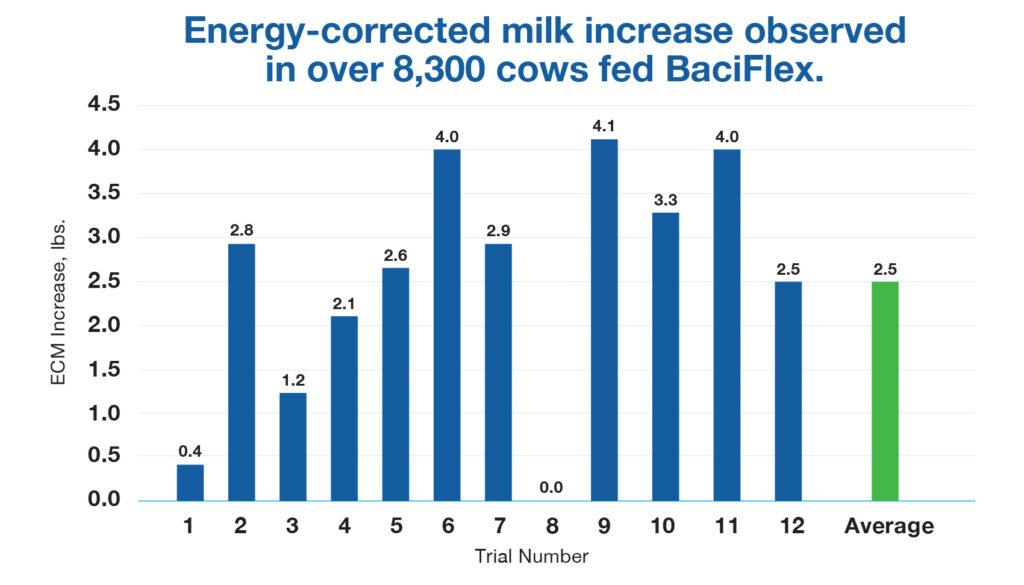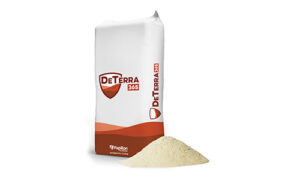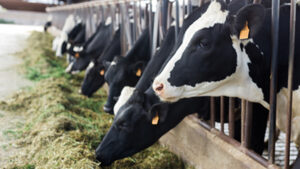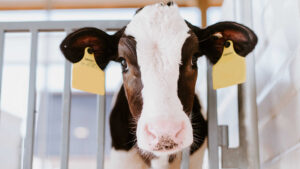Cows are highly effective at converting feed energy into milk and components. But it’s not a set-it-and-forget-it process. When stressors are present this conversion of energy can be disrupted.
In the face of challenging situations, cows enter the Stress Response Cascade in which they become systemically inflamed, reduce dry matter intake and develop “leaky” mucosal surfaces. As a result, energy is diverted towards managing this inflammation and healing the body. The result is not only a less healthy cow, but also a drop in milk production.

How pathogens put down roadblocks to production
Bacterial pathogens are one major stressor cows face. Common sources of bacterial pathogens include soil, water, wild birds and animals, feed, manure, bedding and other cows. Management tools like reducing water and mud build up, controlling wild bird populations and sanitizing equipment can support a reduction in pathogens. However, these protocols are unlikely to fully eliminate them, making bacterial pathogens an ongoing challenge for dairy cows.
In more extreme cases, pathogens like Clostridia perfringens, toxin-producing E. coli and many strains of Salmonella can infiltrate the gut, pushing out native microbes and releasing toxins into the bloodstream. These pathogens lead not only to poor health and productivity, but also death.
Solvent-producing Clostridia, E. coli and Salmonella, though less deadly, can also be costly to the cow as they push out valuable bacteria in the rumen and lower gut. Instead of producing valuable volatile fatty acids and short-chain fatty acids like commensal bacteria, they produce solvents that are harmful to the cow and her microbiome. This results in a cow that is unable to efficiently utilize energy, creating a drag on milk production.
When pathogens colonize the gut of the cow, the immune system activates in an attempt to eliminate the intruders and repair damaged gut tissue. Both events are energetically costly to the cow and require her to further divert energy from milk production toward maintenance and immune function.
In the end, not only does the presence of bacteria in the gut shift energy away from milk production, but so does the process of pathogen elimination and gut healing. Without any support, a cow may never be able to fully recover from milk losses due to pathogen infiltration.
Breaking down roadblocks with the most suitable tool
Functional additives such as BaciFlex® aid in reducing pathogens in the gut and supporting gut healing through the production of natural antimicrobials against Clostridia, C. perfringens, E. coli and Salmonella. With this additional support, cows can restore milk production as shown in the below referenced BaciFlex trials in which over 8,300 cows across 12 farms were fed diets with or without BaciFlex (graph below).


Bacterial pathogens are an inevitability on dairies, but their impact is something producers can prepare for. Speak with your nutritionist today about keeping your cows on track with an additive like BaciFlex.
Click here to view the original article on Farm Journal.





